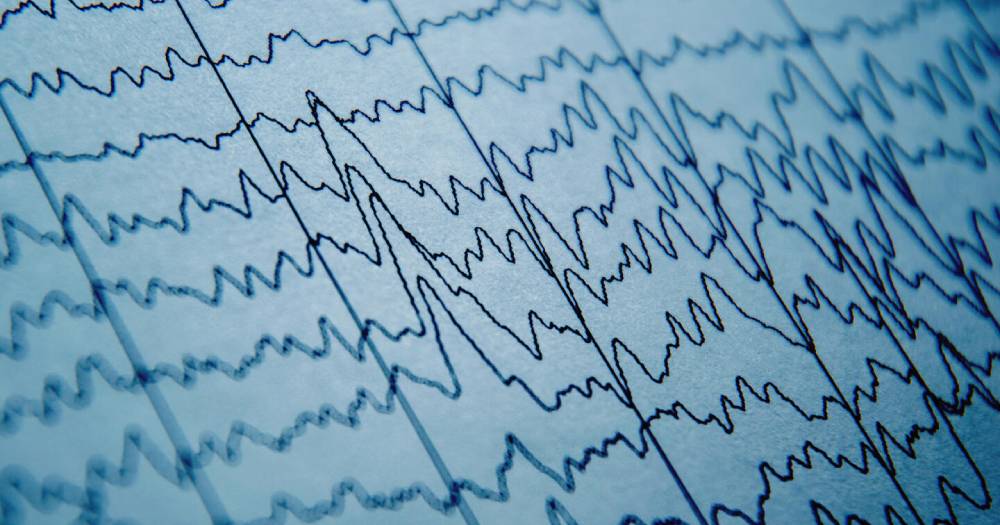New epilepsy tool could cut misdiagnoses by nearly 70% with EEG

Epilepsy misdiagnosis has long been a thorn in the side of neurologists, often leading to unnecessary medication, driving restrictions, and a host of quality-of-life disruptions. But a breakthrough tool from Johns Hopkins University call EpiScalp could change that. This cutting-edge technology analyzes routine EEGs to uncover hidden epilepsy markers, slashing misdiagnosis rates by nearly 70%.
"Even when EEGs appear completely normal, our tool provides insights that make them actionable," says Sridevi V. Sarma, the biomedical engineering professor leading the study.
If widely adopted, EpiScalp could reshape how epilepsy is diagnosed and treated worldwide.
How does it work?
Standard EEGs capture brainwave activity through scalp electrodes, but they have a major flaw: seizures rarely happen during the typical 20- to 40-minute recording window, making interpretation tricky — even for specialists. Traditional methods focus on individual signals or electrodes, but EpiScalp takes a different approach. It uses dynamic network models to analyze how different brain regions interact, pinpointing hidden patterns that signal epilepsy.
Sarma's team started by asking a fundamental question: "If you have epilepsy, why don't you have seizures all the time?" Their research uncovered a key insight — some brain regions act as natural inhibitors, suppressing seizure activity. The tool identifies these subtle disruptions, even when no obvious seizure activity is present.
"We check whether we can see this pattern anywhere. Do we see a region in your EEG that has been decoupled from the rest of the brain's network? A healthy person shouldn't have that," explains Patrick Myers, the study's first author.
Why does it matter?
Epilepsy misdiagnosis is more than just a statistical error — it has real-world consequences. Misdiagnosed patients often endure unnecessary anti-seizure medications, dealing with side effects like fatigue, dizziness, and cognitive impairment, without any actual benefit.
"These patients experienced side effects of the anti-seizure medication without any benefit because they didn't have epilepsy," says Khalil Husari, co-senior author and assistant professor of neurology at Johns Hopkins.
Meanwhile, others who actually have epilepsy face delayed treatment, risking more seizures and potentially life-threatening complications.
Using EpiScalp, Sarma's team reanalyzed EEGs from 198 patients across five major medical centers. Of those, 91 had epilepsy, while the rest had conditions that mimicked the disease. EpiScalp reduced false positives from 54% to just 17% — a game-changer for both patients and physicians. The ability to diagnose epilepsy three times faster also means fewer repeated EEGs, saving time, money, and stress.
The context
The challenges of epilepsy diagnosis are well-documented. EEGs are notoriously difficult to interpret, with noisy signals and subjective readings leading to frequent errors. In many cases, doctors err on the side of caution, overdiagnosing epilepsy to prevent the risk of an unmedicated patient having a second seizure. But this cautious approach isn't without harm — misdiagnosed patients might have nonepileptic seizures, which require entirely different treatments.
EpiScalp builds on prior research into epileptic brain networks, which used intracranial EEGs to study seizure onset zones. Now, the tool translates these insights into scalp EEGs, making the technology accessible to a broader range of patients. The team has already filed a patent for EpiScalp and is conducting a larger study across multiple epilepsy centers to further validate its findings.
With this innovation, epilepsy diagnosis may finally move beyond the guesswork. As Sarma puts it, "Accurate early diagnosis means a quicker path to effective treatment." And for those affected by epilepsy — or mistakenly living with it — that's a life-changing shift.
💡Did you know?
You can take your DHArab experience to the next level with our Premium Membership.👉 Click here to learn more
🛠️Featured tool
 Easy-Peasy
Easy-Peasy
An all-in-one AI tool offering the ability to build no-code AI Bots, create articles & social media posts, convert text into natural speech in 40+ languages, create and edit images, generate videos, and more.
👉 Click here to learn more


